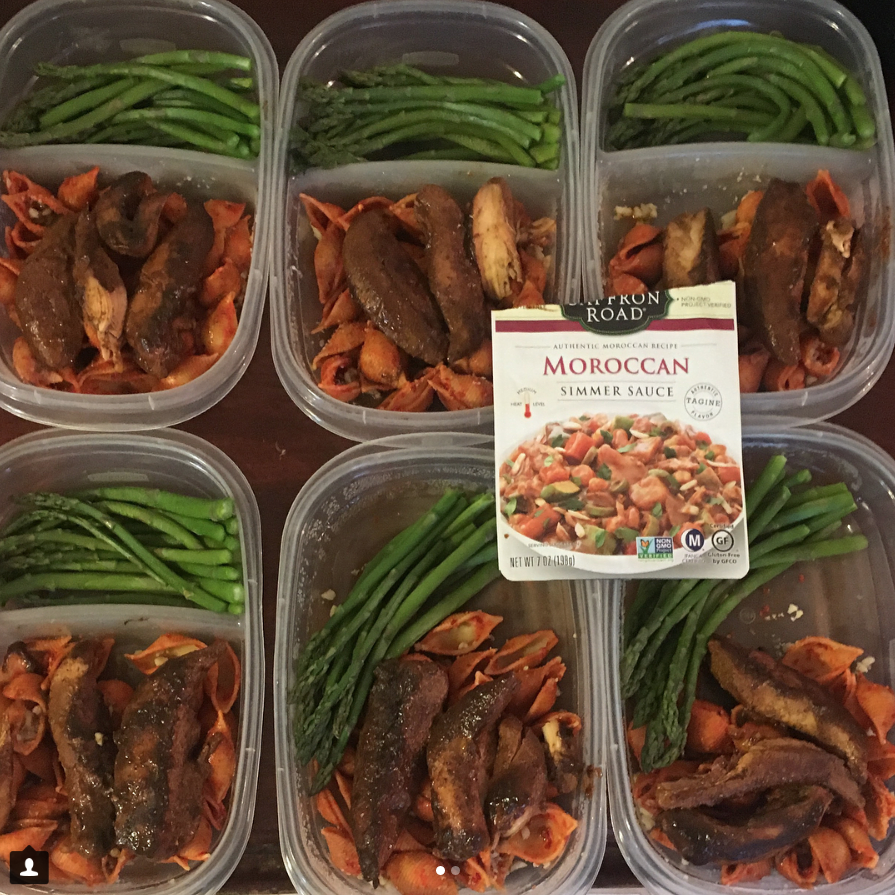"I DRINK A GALLON OF WATER A DAY." —EVERY BODYBUILDER
BUT SERIOUSLY NOW… just how much water do you really need? I know that is your primary question. We need to understand that first and foremost, our bodies are compromised of 70% water. This simple fact that you've likely heard over and over again is crucial to understanding how much water you truly need on a daily basis. The fact is, every single one of our body-parts compromise of water. Our organs, skeletal system, cells and even the structure of the cell are compromised of water. Signifying that our ENTIRE body relies on water. So when you drink water next time around, think more than just satisfying that quench, but think of every little cell in your body that requires water to perform and maintain homeostasis (our body's equilibrium).
As we age, our bodies natural water percentage also diminishes. Aging can indeed be correlated with our bodies containing less water overall. With this come a multitude of health issues such as less lubrication of the joints, leading to joint pain, which we know as you age becomes more apparent. Dehydration in general can trigger things such as confusion, increased stress levels, shorter attention span, saggy dehydrated skin and migraines among many other problems. Seeing as how we can survive without food for a month-two months, however, without water we can at most survive 3-4 days - we gain another perspective on the importance of water.
Now that we understand the scope of the importance of staying hydrated not just for the sake of quenching our thirst, but for our overall health in every single spectrum, let's dive in to how much water you need exactly.
According to the U.S. Institute of Medicine, women should have 91 ounces of water on a daily basis and men 125 ounces. This broad scope however, will be slightly altered based on individual to individual. A man who weighs 250lbs and is 6'8" in height will need to consume more than 125oz a day of water. There are multiple factors that come into play when it comes to water intake, such as:
- Age
- Weight
- Height
- Activity level
- Sweat level
- Weather
- Temperature
Based on those factors you can estimate just how much water you need for that day. There are a few other factors you can see and feel to intuitively know if you need more water or not. These also include:
- Thirst - If you are thirsty, you are in need of water.
- If you do not consume foods high in water content like fruits and vegetables.
- If you eat a lot of sodium as sodium retains water.
- If the color of your pee ranges from a darker shade of yellow to brown.
Going off those scientific and also biological factors, you can determine an accurate representation of just how much you need a day. For women, aim for no less than 90 oz of water but also no more than 130 oz of water. For men aim for no less than 110 oz of water but no more than 150 oz daily. I can already see some of you wanting to go above and beyond with water intake, however, just as with everything, even water needs to be consumed in moderation.
That is due to the fact that we can also overdose on water. Water intoxication causes a medical condition known as hyponatremia which further leads to sodium levels becoming extremely low, leading to seizures, coma and even death. In response of extracellular osmolality, the brain cells swell with fluid which is called cerebral edema. This ultimately leads to nervous system disorders, and eventually if not treated death.
SO REMEMBER
More is not always better with water consumption, moderation is key. Know the factors that influence dehydration, look out for them and take action to keep your body fueled. Now let's drink a brisk glass of water to maintain good health!
By Pedro DoAmaral




















